
Introduction
Imagine, out of nowhere you find it difficult to move the lower part of your arm. The areas from your elbow to your forearm extending to your fingers are increasingly in pain, especially when you try to touch the areas. You started feeling a sensation of uneasiness in these areas the day before and you have tried to stretch your arms and your fingers, but it is just not working. You even tried to go for a massage, but instead of bringing relief, the touching only seemed to be worsening the pain. You have totally expended the options that are currently at your disposal to get relief.
You later try meditation to figure out what is behind this pain, but you could not figure out how this pain came to be. You would like to know what is causing this pain and what you can do to get relief. Unknown to you, this current pain in your forearm and hand might just be a microband of contracted muscle tissue or what can be described as a very small or microscopic collection of contracting muscle tissues in different areas of your body. These tissues are involuntarily contracting, and they are often found to be collected together in an area. These tight muscle tissues are very sensitive to the touch and intermittent touches might cause more contractions, resulting in increased pain as a result of their high sensitivity.
These microbands of contracting tissues, which are often tender when touched and cause pain spontaneously without being manipulated, are often referred to as trigger points. This term was first proposed by Dr. Janet Travell, MD, an American Doctor and a personal rheumatologist to United States President John F. Kennedy in 1942. Trigger Point is defined as a spot that is hyperirritable, a palpable nodule of tissues in the taut bands of the skeletal muscle fascia. There are some signs you can look out for to be able to ascertain if what is bothering you is actually a trigger point.
When you directly compress these microscopic, contracting muscle tissues, called trigger points, the points develop local tenderness, jump sign, local twitch response, and referred pain. The direct pressure applied often causes extreme tenderness, which later transforms into a behavioral response known as jump sign. This particular sign has been considered a characteristic sign which confirms the presence of a trigger point. It is named a jump sign due to the behavior exhibited by individuals at such periods. When direct pressure is applied to a suspected spot, individuals suspected of having trigger points tend to verbalize intense pain by responding with a loud cry or a wince of their face in an expression of intense pain. These expressions are often out of proportion and extreme when compared to the amount of pressure that was applied. Sometimes, these individuals may involuntarily and unexpectedly jerk their shoulders, head, or other parts of their bodies that were not even touched. This is the reason why it is referred to as a jump sign, because of the jumping response of individuals.
The local twitch response, on the other hand, is observed when there is a temporary, short-lasting, evident or palpable contraction of the muscles and the skin as the tensed muscle tissue contract when pressure is applied. This is another sign you can look out for to ascertain the presence of a trigger point.
Another sign to look out for that is characteristic of the presence of a trigger point is what is known as referred pain, also called reflective pain. It occurs when pain is perceived in a place where it was not caused. It can also be described as pain being reflected from the original site where it was initiated to another location that is distant, not connected, and completely different from the site of initiation. It is quite different from a radiating pain which is a pain that is extending to other surrounding areas from the site of origin and onset.
Summarily, a trigger point is a point on the body that causes pain without it being initially traumatized. It is made up of tense muscle tissues that are involuntarily contracting, easily, and profoundly sensitized. Its contraction can be noticed if focused attention is relayed to suspected sites, and this can also be palpated. It is also characterized by an unusual human pain response and the pain can be referred to other sites different from the point of generation. Most people are ignorant of its existence and of course its presence, which are easily misunderstood (including by many professionals).
So, Can I Know What Is Causing The Pain In My Elbow?

To be able to understand the cause of the pain in your elbow in relation to trigger points and how you can effectively manage it with a percussion massager, you need to understand the sites where the trigger points are located and the kind of activities associated with the muscles where the trigger points are situated. You also need to know that as far as the pain in your elbow is concerned, it is referred from other muscles in your body, so to be able to effectively manage your elbow pain, you need to identify these spots of referral and know what they are responsible for.
There are about six muscles in your body that may serve as sites where trigger points can develop and as locations where pain can be referred to your elbow. Four of these muscles are located in the upper arm and are directly responsible for the coordination and motion activities of the elbow joint.
Namely, they are:
- The triceps brachii muscle
- The supinator muscles
- The brachioradialis
- The extensor carpi radialis longus
The other two muscles are in charge of the movement of the shoulder joints: the supraspinatus and the pectoralis major muscles. These muscles are also implicated because the shoulder muscles are also involved in the proper movement of the elbow joints and the coordinated movement of both the upper arm and the lower arm.
The Four Upper Arm Muscles
The Triceps Brachii Muscle
Giving a brief description of the locations of these six muscles with their functions, starting from the four upper arm muscles, the triceps brachii muscle is located at the upper part of the back of the upper arm bone – also known as the humerus – on the shoulder blade and the upper part of the large bone of the lower arm known as the ulna. It is actually located at the inner side of the ulnar bone attached to the radius. This muscle is responsible for the straightening of the upper and lower arm. It can have up to five trigger points and pains referred from these points can be felt at both the inner side and the outer side of the elbow joints. Also, because of its line of attachments to the shoulder blade, pains from the trigger points situated in it can also be perceived at the back of the shoulder. Pains in these five trigger points can be activated when you forcefully try to straighten your arm, especially during pulling and pushing activities such as lifting heavy objects like weights or furniture, performing a back-hand stroke during a tennis match, throwing a punch during a boxing match, etc.
It is also informative to point out that there are two types of known elbow pain. The first is tennis elbow, medically known as lateral epicondylitis, so named because it poses a significant problem to tennis players who grip their racquet too tightly. The lateral informing that this type of elbow pain causes is located at the outer side of the elbow joint. The second type is known medically as medial epicondylitis but is commonly known as golf elbow because, in an attempt to make a golf ball swing, the medial tendon connecting the elbow to the muscles is stressed, especially when a non- overlapping (baseball style) grip is used. With this, the pain situated at the inner side of the elbow joint. However, other people who have not played any of the above-stated sports do develop these pains.
You can confirm if there are trigger points in your triceps brachii muscle if you find it difficult to stretch your arm above your head and the stretching is accompanied by pain.
Supinator Muscles
This group of muscles, which are small, flat, spiral muscles, are found wrapped around the outer area of the elbow. They are also found in the posterior compartment of the forearm. This group of muscles contract when you rotate your forearm such as when you are scooping and pouring water, doing high fives with your palm up, turning the pages of your book, etc. So, when you feel pain when performing these activities, there is a likelihood of the presence of trigger points in your supinator muscles. When you are having pain in your outer elbow area resembling that of a tennis elbow, you should suspect an active trigger point. You can also readily confirm the presence of these trigger points when there is a concurrent pain at the base of your thumb and the web of your thumb. At the same time, you might get a feeling of numbness in the thumb and also in your index finger.
Brachioradialis
This group of muscles are long, thin muscles that are found attached to the upper arm bone, called the humerus, and the two lower arm bones called the radius and the ulna. This group of muscles works together with the biceps brachii and brachialis muscle to bend the forearm at the elbow. It also assists during activities of pronation and supination of the forearm. Just like the biceps brachii muscle and the supinator muscles, trigger points that are located in the brachioradialis refer pain to the outer areas of the elbow and sometimes to the web of the thumb. You will get to know if the trigger points in these muscles are active when there is pain and weakness on attempts to grasp an object, such as a doorknob or when you try to shake a hand.
Some of these symptoms are quite similar to those experienced when there are active trigger points in your supinator muscles and biceps brachii. The two major differences are the absence of the pain in the thumb and the presence of weakness in grip leading to the dropping of things on attempts to handle objects.
Extensor Carpi Radialis Longus
This is a small, long muscle on the radial, or thumb, side of the forearm, which is where it gets the name radialis longus. It is located along the thumb side and is responsible for the extension of the wrist joint. It is mostly connected with its brevis counterpart. Trigger points located within this muscle also refer pain to the elbow. Its symptoms are similar to that of the triceps brachii with pain symptoms on the lateral side of the elbow mimicking tennis elbow pain.
The Secondary Muscles of The Shoulder
The other two muscles whose trigger points refer pain to the elbow are known as secondary muscles with secondary trigger points due to their indirect involvement in the movement activities of the elbow joint. The secondary trigger points located in these muscles produce pain in the shoulders and also refer pain to the elbow. These muscles include the supraspinatus and the pectoralis major muscles. Clinically, these two muscles are of great importance because they control the activation or deactivation of trigger points in the arm muscles. The supraspinatus trigger points cause pain in the outer area of the shoulder and refer pain down to the outer areas of the elbow, while the pectoralis major trigger points cause pain in the chest and refer pain to the front of the shoulder and to the inner area of the elbow and arm.
What of My Forearm and Hand?

in the day-to-day activities such as when pressing the phone or operating the computer. Hence, trigger points located in the extensors have a higher likelihood of getting activated.
In the same vein, there are more than ten muscles within and outside the hand whose trigger points can cause pain and numbness and refer pain to the wrist, hand, and fingers. Out of these ten, four have a higher tendency of developing trigger points. These four are the wrist extensors, the wrist flexors, the scalene muscles, and the pectoralis major.
The wrist extensors help to flex the wrist backward similar to the motion of the hand when it is on the throttle of a motorcycle during ignition. When trigger points are present in your wrist extensors, you will feel pain at the back of your hand and wrist. You can also feel weakness in your muscular strength to the extent that you will not be able to grip objects like you used to. People whose job necessitates them to handle highly mechanical gadgets and machines like welders, carpenters, and drillers are at higher risk of developing trigger points in these muscles.
If it is the wrist flexors that are implicated, you will notice reduced control and coordination when trying to flex your fingers and thumb at the wrist. You will also experience great difficulty when you want to use scissors. Trigger points in the scalene and pectoralis major muscles will lead to referred pain from the neck to the chest, shoulder, arm, hand, and fingers. A typical sign you should look out for in terms of pain referred from the pectoralis major is a pain in the pinky, ring, and middle fingers.
Trigger point symptoms are common in the elbow, forearm, wrist, hands, and fingers and the symptoms might come in the form of aches, burning and tingling sensations, swelling, hypersensitivity, weakness, and stiffness in the joint. The combined effect of these symptoms is what most of the time leads to the dropping of things.
Finding The Right Percussion Massager To Help With Elbow Pain.

A wonderful thing to know is that there is something that can bring relief from this complex phenomenon called trigger points. It is even more interesting to know that you can get this solution at a cheap and affordable price with its usage requiring no professional competence. What you have been searching for is what is called a percussion massager. This device makes use of percussive or vibrational technology and therapy. It does this by releasing rapid bursts of regulated pressure to the body muscle tissues even as its head oscillates back and forth. Percussive therapy helps to increase blood flow to the specific muscle area which helps to reduce inflammation and muscle tension, releasing the tension and breaking down the contracted knots. It also helps to increase endorphin levels, which results in speedy recovery and reduced pain.
How Do I Use It?

Your knowledge of the location of the trigger points can be put to good use here. Having understood the sites and points responsible for your elbow, forearm, and hand pain, you gradually massage these areas with your percussion massager.
A good percussion massager that you can go for is the Quantum S percussion massager, which is currently the best travel massager in the world and also the smallest ever made. It is regarded as a good massager because of its ability to reach areas of your body other massagers cannot due to its upgraded design. It is ultra-quiet and is lightweight, which enables it to save enough power to last you an entire weekend away from home.
It is important to be familiar with the manufacturer manual and instructions. You also need to position yourself in a relaxing position to facilitate the relaxing effect of the massager. It is recommended that you start with a gentle pace and reduced pressure, which you can gradually increase to suit your comfortability. It is also advisable to avoid your bony chest regions and your throat to avoid unwanted trauma.
A Thermo Percussion Massager With Remarkable Results When Healing Hand, Elbow and Forearm Pain.
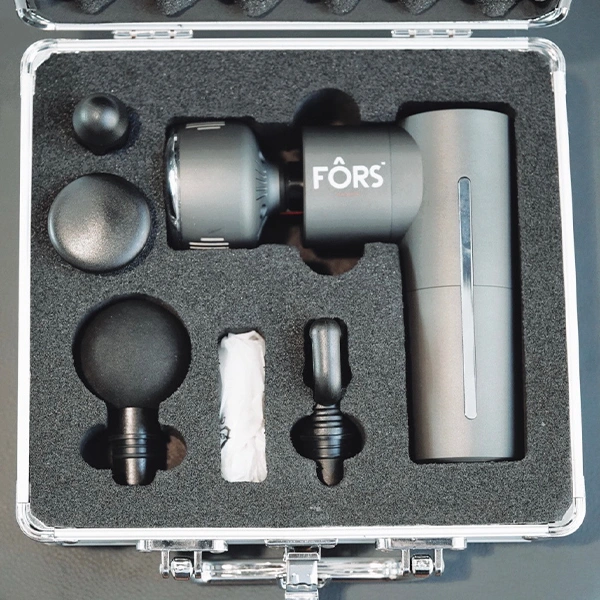
If you are suffering from sharp pains in your hands, elbows in forearms the solutions might be a cold massage. The Thermo Percussion Massager is second to none and one of the only effective hot and cold massagers sold today. You will be amazed at how much pain relief you get with this massage tool. The new Cryo head attachment will be your favorite part of the Thermo Massager. This attachment can also be used with any of the other attachments that you have already purchased. It’s a great way to change up your massaging treatment and enjoy some fresh vibrations and hot and cold sensations.
Thermo Percussion Massager Features:
- Increased Circulation To Hands
- Quiet Glide Technology
- Automatic Shut Off Controls
- High Torque Motor With 3 Adjustable Speeds
- 3 Heat Application Settings, 95 degrees, 104 degrees, 113 degrees.
- 3 Cold Application Settings, 68 degrees, 59 degrees, 50 degrees
- Release Tight and Hidden Soft Tissues In The Forearms and Elbows
- Rapid Recovery From Exercise Related Pains
- Accelerate Athletic Warm Up & Post Recovery Routines
- Improve Your Elbows Range Of Motion and Flexibility
- Enhance The Sensation Of Topical Gels & Creams and Help Release Active Ingredients.

You can pair the Thermo Percussion Massager with your favorite hand balm or lotion because it’s uniquely suited to work with topicals and help massage them into your skin. The Thermo Percussion Massager can be used to gently or rapidly massage your elbow or forearm with the simple press of a button. This unit is perfect for home or medical use. We recommend that you pair it with our Spectral Body Percussion Massage Therapy Oil because it has a perfect consistency and has organic pain-relieving ingredients such as lemon, basil lavender, and rosemary.
Use the Thermo Massage Gun to improve your recovery if you are involved in arm and shoulder straining activities. The soft glide technology ensures a comfortable massage every time, and the automatic shut-off timer helps you conserve energy and your hands will feel like new. Trust us, this next gen massage gun is worth it!
Conclusion
Muscle pains are often misunderstood and misdiagnosed. This has caused people to become victims of wrong and unnecessary treatments. Trigger points are often complex to identify and diagnose, but if you discover you have one a percussion massager may be able to provide relief.
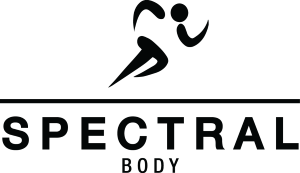
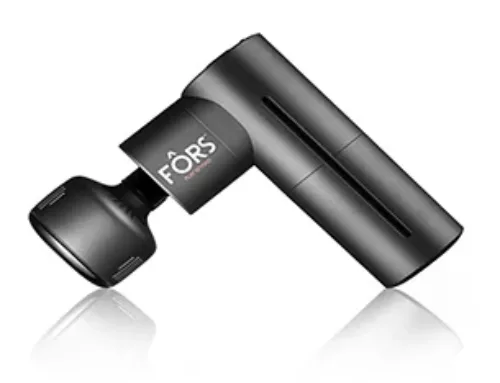
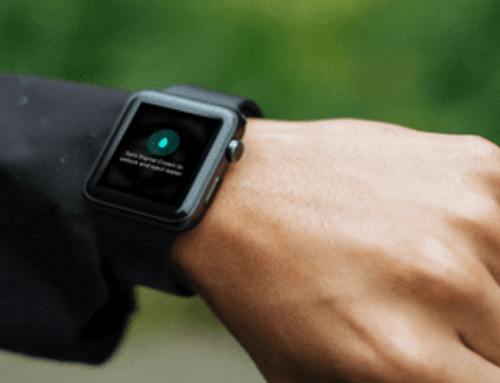
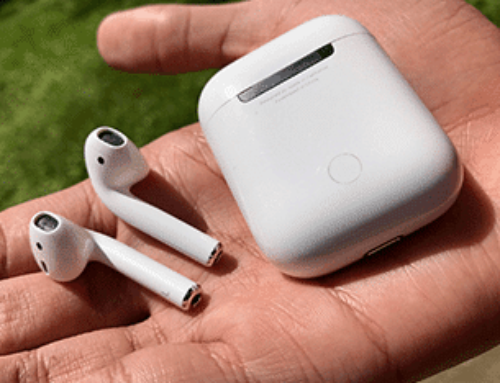
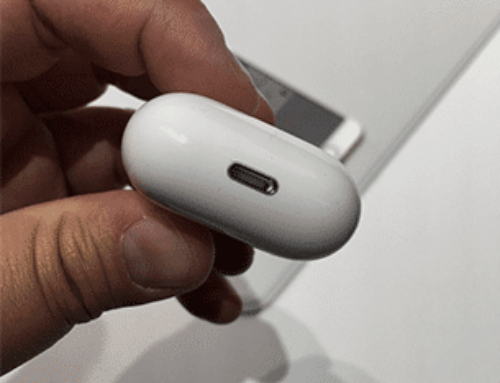
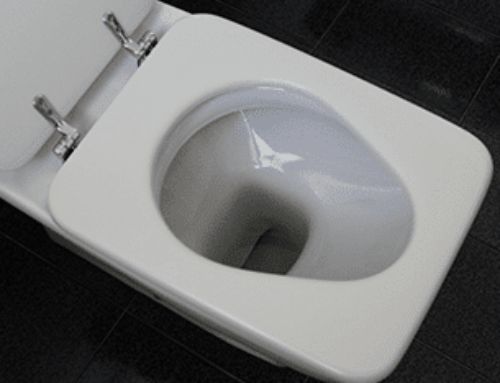
Your massager looks lightweight. I’m getting interested in it. any more posts about it?
I couldn’t agree more! Percussion massager is my go-to equipment every time my shoulder feels like burning after a workout.
I absolutely agree!! Percussion Massager is a piece of good equipment for treating muscle pains or sorts of pain. Excellent Article!
Have you thought about adding some relevant links to your article? I think it might enhance my understanding. Great read by the way!
Great article Carlo! Keep it up!!
I like this web blog very much so much information.
You’re not the general blog writer, man. You definitely have something important to contribute to the net. Such a great blog. I’ll come back again for more.
Fantastic!
Thought I would comment and say cool theme, did you code it for yourself? Really looks excellent! Nice read too!
type of targeted deep tissue massage can help relieve common muscle pain and stiffness and improve the range of motion and blood flow, reducing injury risks down the road.
Where can I buy the massager? I am very interested!!
Great article. I’ll use this in my research. Thank you!
Awesome post!
Great article buddy! I bought mine since corona hit and I’ve been working out. I use it after working out and really helps me feel relaxed a bit especially in my elbow and leg part.
Awesome writer!
Instant pain relief! your Quantum Massager is really impressive! great quality, it’s really worth the buy!
I should buy one of your percussion massagers, it looks impressive. My left arm is giving me pain lately.
Percussion massager is the new trend massager right now. Everyone’s talking about it especially those who work in a construction company like me. I should definitely buy one.